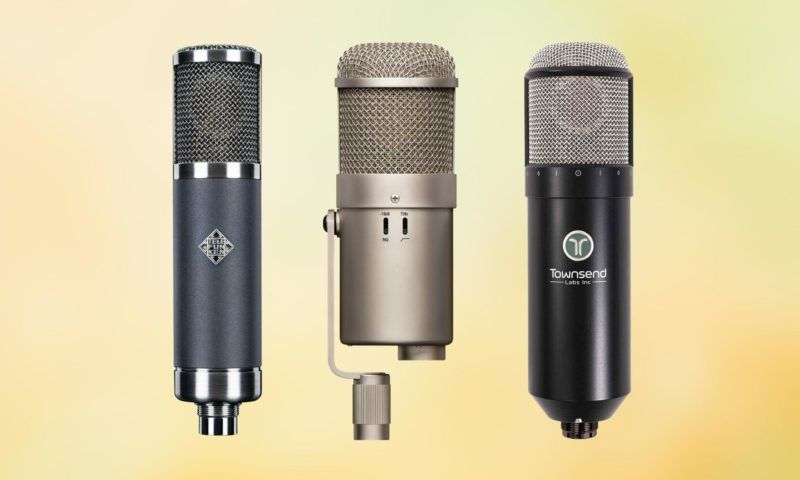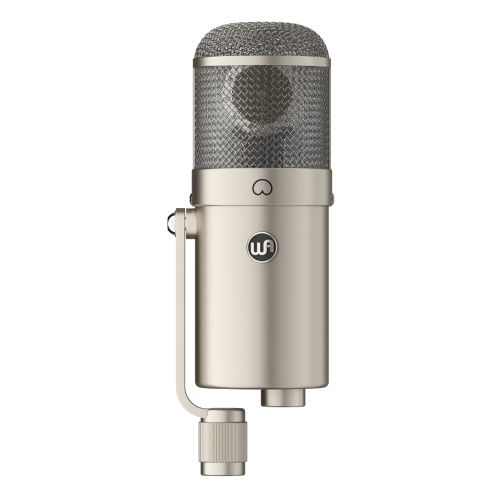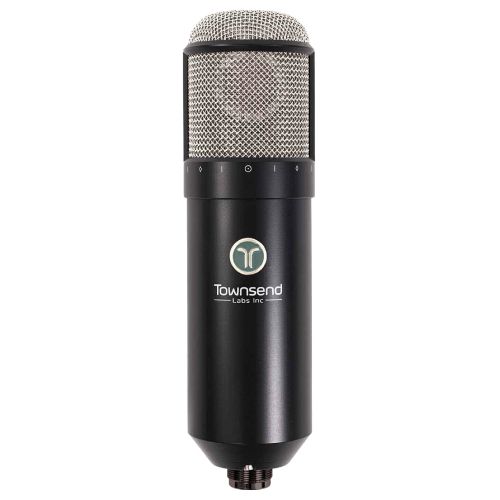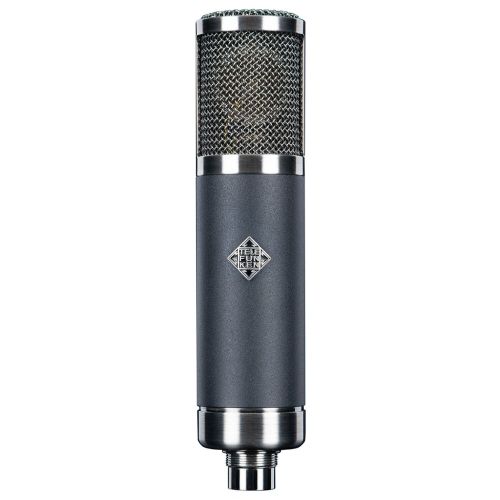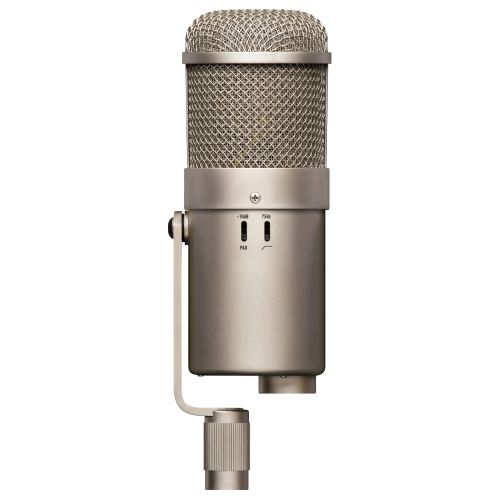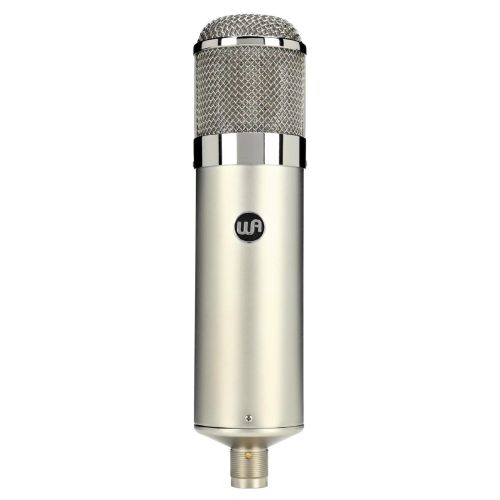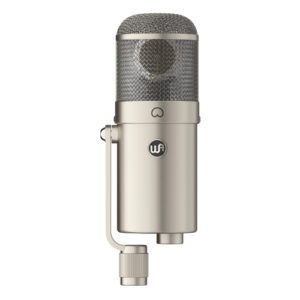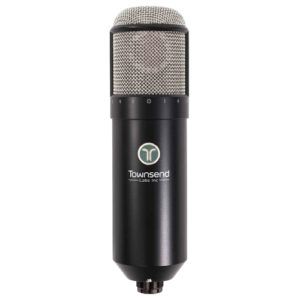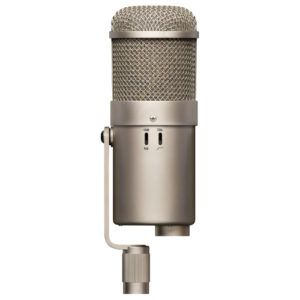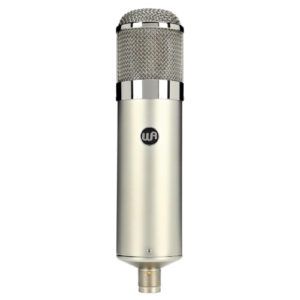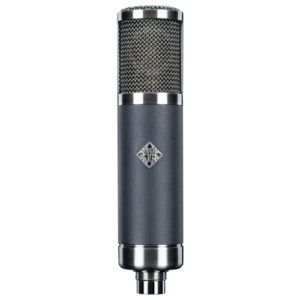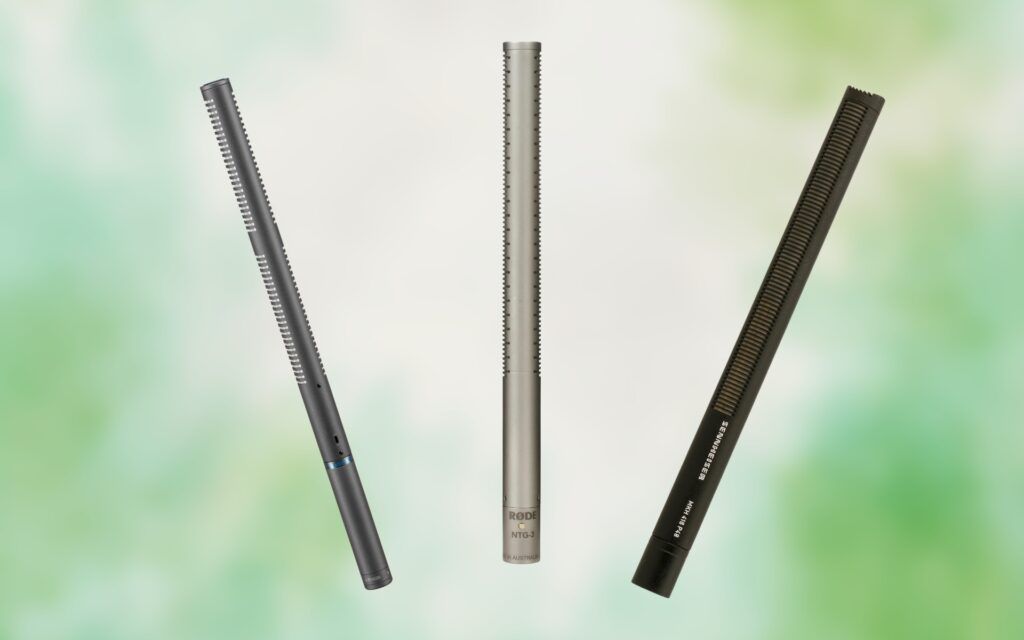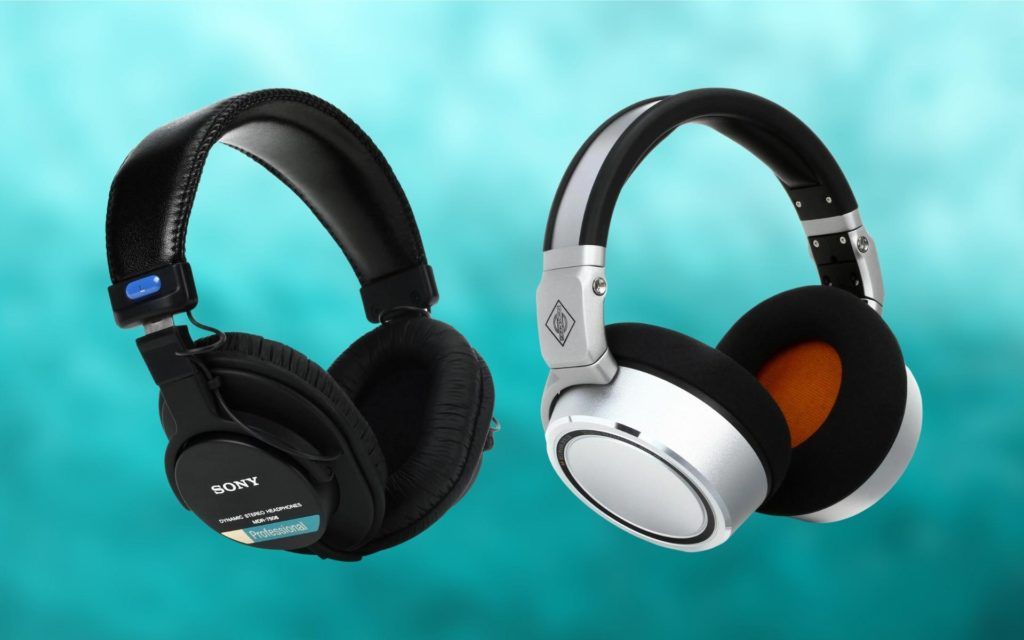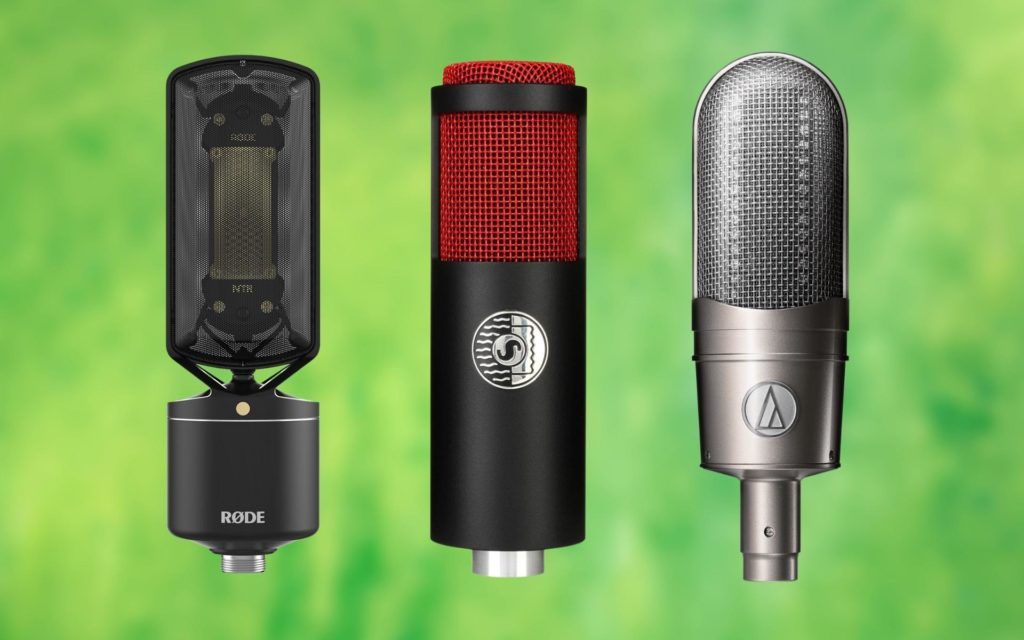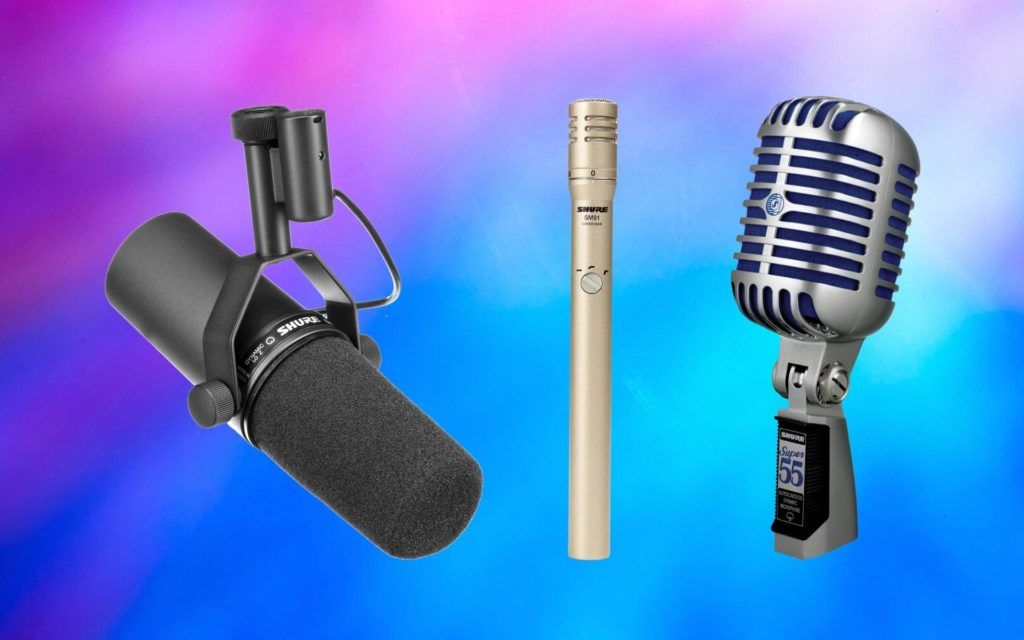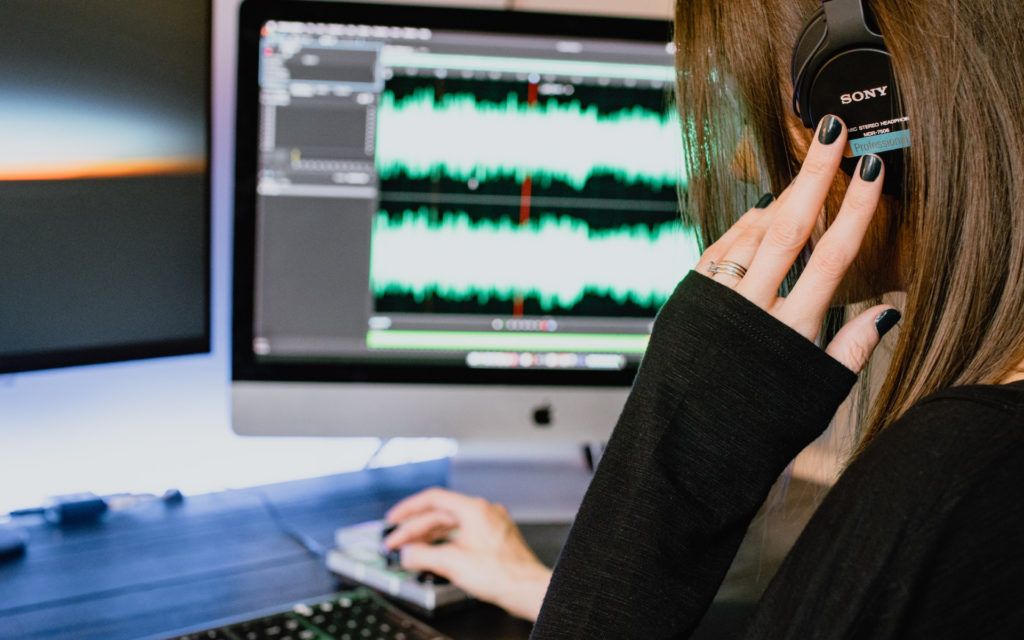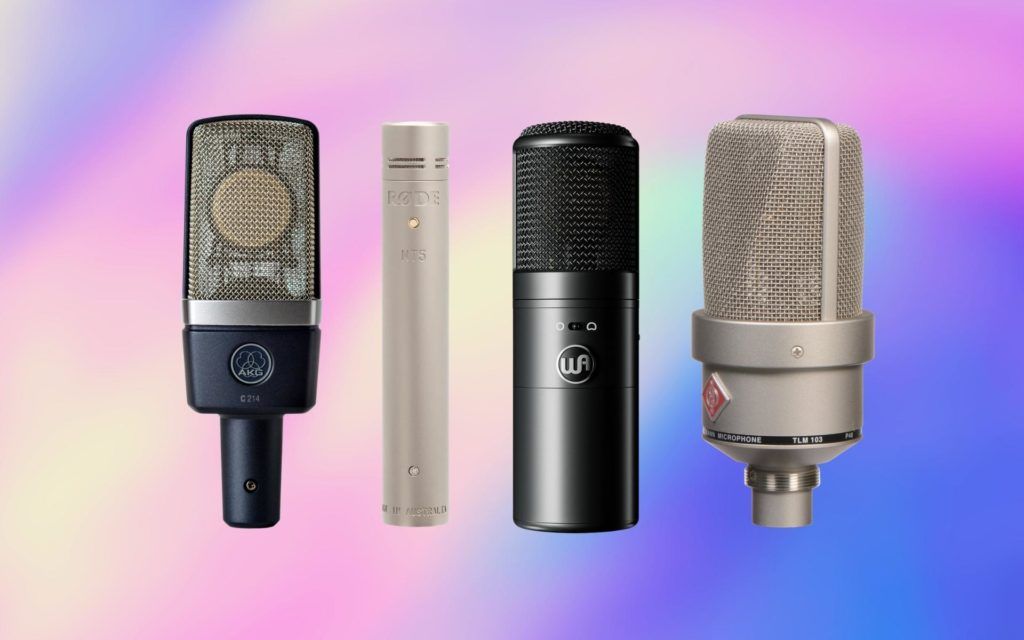We review products independently and our recommendations are genuine. If you purchase through links on our site, we may earn an affiliate commission. Learn More
Remakes and copies are common in the world of audio equipment, and buying a U47 clone is an excellent way to acquire a microphone with similar sonic capabilities to the legendary U47.
When Neumann first introduced the U 47 in 1949, few could have predicted the incredible impact this now legendary condenser mic would have.
The Neumann U 47 is an iconic tube condenser microphone that has been used by some of the best-known recording artists in history, including the likes of The Beatles, Frank Sinatra, and Ella Fitzgerald.
Original U 47 microphones are rare, and way out of most people’s budget. Thankfully many manufacturers have created U47 clones so that we can enjoy the iconic sound at a realistic price.
The U47 is in a league of its own, but these similar microphones come pretty close to its capabilities. Read on to discover the best U47 clones available to buy!
In a Rush’ Round-Up
How We Tested
To test these U47 clones as accurately as possible, we took note of the way they sounded when recording a wide range of vocal styles, and amplified and acoustic instruments.
We also tested their build quality to ensure that they would last for a long time and monitored how well they handled high SPLs. Finally, we looked at the quality of the capsule, tubes, and other important components before rating these mics.
U47 Mic Clone Reviews
Warm Audio WA-47F
Warm Audio WA-47F Review
Many manufacturers have attempted to copy the iconic U 47 mic, but few have had the success that Warm Audio has with this style of condenser mic. Using the classic variety of FET circuitry featured in the original, Warm Audio delivers a warm, vintage sound,
Like the original, the WA-47F can handle extremely high SPLs, which makes it capable of recording everything from amplified guitars to drum overheads. For vocal recordings, it adds a warm boost to the midrange and keeps noise issues to a minimum.
To ensure good conductivity for the microphone’s large-diaphragm, Warm Audio has used a gold-sputtered design.
Furthermore, there is a TAB-Fenkenwerk custom output transformer installed, which combines with the transistors and capacitors to ramp up the output impedance to 150 ohms.
The cardioid polar pattern maximizes precision, and you can also use the low-cut filter, which removes everything under 140Hz, to ensure that those detrimental boomy bass frequencies don’t detract from the quality of your recordings when using this mic.
Features
- Large-diaphragm condenser mic
- 20Hz-19kHz frequency response
- Cardioid polar pattern
Pros
- Versatile microphone
- Prominent midrange
- Warm, vintage sound
Cons
- Doesn’t specialize in a specific type of recording
Townsend Labs Sphere L22 Microphone Modeling System
Townsend Labs Sphere L22 Microphone Modeling System Review
I was in two minds about whether to include the Sphere L22 microphone by Townsend Labs on this list of the best U47 style mics, but after analyzing its capabilities, I felt that it was too interesting to leave out.
Unlike most U 47 style mics, this condenser has two outputs, which means it can be used for stereo recordings without needing another microphone to be paired with. This allows the mic to capture the entirety of the sound field.
Townsend has paired this condenser with modeling software which is used to tweak and alter every aspect of its performance. Therefore, it’s possible to dial in the settings and get very close to the sound achieved by the original Neumann U47 mic.
The great thing about this microphone is that it sounds excellent when used with or without the included software – the only difference is that doing so provides you with unrivaled flexibility and ultimate control over the sound of your recordings.
Features
- Cardioid, omnidirectional, and figure-8 polar patterns
- 140 dB max SPL
- Stereo recordings from one microphone
Pros
- Innovative modern mic modeling
- Works in conjunction with software
- Can record vocals, and many instruments
Cons
- Digital aspects deviate from the original U47 design
United Studio Technologies UT FET47
United Studio Technologies UT FET47 Review
United Studio Technologies has steadily built a reputation as one of the leading producers of condenser microphones on the planet, and the FET47 is further evidence to support this claim.
Central to this condenser mic’s impressive performance is the capsule, which is designed by the world-renowned engineer, Eric Heiserman. Each component and part was meticulously chosen to improve the warm sound this mic produces.
In addition to the excellent capsule, the UT FET47 microphone also benefits from a custom-designed transformer, which was designed by California-based Cinemag.
The transformer is based on the original FET47 component, but it also takes inspiration from the U47’s design, providing a perfect blend of the two iconic condenser microphone’s sounds.
The lack of electrolytic capacitors ensures that this microphone will stand the test of time. It’s a rugged and durable device – and is the perfect all-rounder for your recording studio.
Features
- Custom wound transformer
- Heiserman-designed capsule
- 20Hz-20kHz frequency response
Pros
- Produces rich, warm vocal recordings
- Sounds great on drum overheads
- Can handle loud sound sources
Cons
- Not suitable for bass guitar or kick drums
Warm Audio WA-47
Warm Audio WA-47 Review
Warm Audio is renowned for innovation, and the WA-47 is further evidence of this. With a total of 9 onboard poplar patterns, this U47-style microphone can be used to record any sound source, from drums to vocals.
The three core polar patterns consist of the classic trio of cardioid, omnidirectional, and figure-8, but Warm Audio has added six additional patterns which fall in between the characteristics of these main types.
This makes it easy to tailor the performance of the Warm Audio WA-47 to suit the type of recording that you want to create. You can expand its directionality when recording vocal groups, or make it more focused when capturing an acoustic instrument.
The JJ Solbak 5751 vacuum tube that Warm Audio has installed in the WA-47 is responsible for adding a warm touch to the sound, and the capsule closely resembles the design of the original ‘47 mic.
A TAB-Funkenwek USA output transformer is also included, demonstrating Warm Audio’s commitment to using only the finest components while keeping their microphones affordable.
Features
- JJ Slovak 5751 vacuum tube
- 20Hz-20kHz frequency range
- ‘47 style capsule
Pros
- Deliver the classic U47 sound
- Roadworthy and durable
- Capable of capturing many acoustic and amplified instruments
Cons
- The vintage, warm sound may be unsuitable for modern styles
Telefunken TF47
Telefunken TF47 Review
Telefunken’s TF47 is a handcrafted device, which is the result of the manufacturer’s many decades of experience producing high-quality condenser tube mics. Inspired by the U 47 and the M49, this mic delivers an irresistible, vintage sound.
In addition to its sonic qualities, this microphone looks incredible. Its sleek, distinguished design looks like it could have been made seventy years ago, and the inner components are equally classy.
The TF47 has a custom capsule installed, which Telefunken has designed with the capability of cardioid or omnidirectional polar patterns, along with the extra addition of a figure-8 pattern for increased versatility.
Whether you need to record smooth-sounding vocals or the detailed transients of a drum kit, this fantastic vintage-style condenser will take on any challenge that it encounters.
Telefunken has installed only the finest components in this microphone, including their newly designed, old-stock 5840W tube. There’s also a period-correct BV8 output transformer, which was built exclusively for Telefunken to meet the specifications.
Features
- K47-style capsule
- Vintage BV8 transformer
- 540W vacuum tube
Pros
- Polished, defined highs
- Prominent midrange with authentic U47 sound
- Three switchable polar patterns
Cons
- Not ideal for capturing low-end instruments
U47 Clones Buyer’s Guide
Remakes and copies are common in the world of audio equipment. Some may argue that manufacturers would be better off trying to come up with new improved microphones rather than looking back with nostalgia at past inventions.
The issue with that outlook is that some of the microphones made many decades ago – the Neumann U 47 for example, were so good that it would be practically impossible to improve on the designs.
Choosing a microphone that is based on the iconic U47 will allow you to access certain qualities that modern mics simply cannot offer.
The warm, detailed tone that the U47 produces is perfect for capturing vocals and provides a nice contrast from the bright, overly clear sound that many modern condenser mics produce.
Things to Consider When Buying a U47 Clone
Consider the polar patterns
U47-style mics all have cardioid polar patterns, but some also include omnidirectional. A select few may also have figure-8 polar patterns, and allow you to switch between the three. If you only intend to record vocals, a cardioid polar pattern will provide everything you need.
Think about tubes
Tube condenser microphones produce a distinctively vintage sound, which captures audio in a warm and authentic fashion. The type of vacuum tube installed on these U47 copies influences the way they naturally sound.
Consider SPL handling
The original U 47 by Neumann was renowned for being able to handle even the loudest of vocalists, so it’s important to check that the mics have a high enough SPL handling to cope with the instruments or vocal styles you intend to record.
Think about the build quality
Condenser microphones that are hand crafted, and made with the finest components are much more likely to last for a long time than those that are mass-produced with lesser quality materials. Just because a mic is based on the U47 doesn’t mean it is built with the same level of durability.
Polar Patterns & Affordable U47 Mics
The original Neumann U47 was the first condenser microphone that could switch between multiple polar patterns. This was a landmark creation and is now a common feature on many modern condenser mics.
Some of the more affordable U47-style mics manufactured today only offer one polar pattern – caridoid. This reliable polar pattern allows the mic to pick up sound equally from the front and a little from the sides while rejecting it from the back.
Installing a single polar pattern on these microphones allows the manufacturer to keep production costs down so that they can offer the devices at a more affordable price.
Multi-Pattern U47 Mics (High-End)
Neumann installed three polar patterns on the original U 47, and high-end clones of the iconic microphone have this same capability.
The three polar patterns consist of:
- Cardioid
- Omnidirectional
- Figure-8
Having three polar patterns to choose from significantly increases the options you have to work with when recording with a U47-style microphone.
For standard recordings, so as capturing a single vocalist or acoustic instrument, using the cardioid polar pattern is likely to yield the best results. Alternatively, if you are using the mic to capture the sound of a room, perhaps for a live performance of multiple musicians, omnidirectional may be the best choice.
The omnidirectional polar pattern picks up sound equally from the back and sides of the capsule, with no weak spots. It is therefore commonly used for group vocal recordings, or capturing multiple instruments simultaneously.
Figure-8 polar patterns which are found on high-end U47 clone mics are ideal for recording two sound sources at the same time, for example, a duet of two vocalists.
Interestingly, the original U 47 used varying output levels depending on the polar pattern that was selected. This was one of the only flaws with the early Neumann U 47, and it was eventually rectified with their later mics, such as the M 49.
Vacuum Tubes & Capsule Design
The vacuum tubes and capsule that were installed in the Neumann U 47 are arguably the two most important components for creating its iconic sound.
For a microphone to come close to the capabilities of the U47, it must have a high-quality vacuum tube installed. The original was designed by Telefunken – a brand that produces some of the finest high-end U47 clones on the market today.
The main reason that the vacuum tube is so important is that it is responsible for amplifying the U47 clone’s signal, much like the tubes in a guitar amplifier.
If you’re a guitarist, you’ll know that different vacuum tubes produce significantly different sounds. This is the same with large-condenser tube mics like U47 clones – a capable vacuum tube will improve the sound of recordings noticeably.
The tube used in the original U 47 was the VF14, which is a pentode tube housed in a steel chassis. If you want to achieve a similar sound, you’ll probably need to invest in a high-end mic that has a similar tube installed to this one.
The M7 capsule was also a huge part of the U47 sound. it is still in supply today, despite being created almost a century ago. While it’s unlikely that this exact capsule will be included on a U47 clone mic, some manufacturers have come close to replicating it.
How To Use a U47 Clone Mic
Although the original U47 microphone was synonymous with vocal recordings due to its high sensitivity and warm, tube-driven sound, these similar microphones can also be used to record a range of instruments.
If you like to record acoustic guitars, a U47 copy will capture all of the details of each strum with excellent clarity.
Alternatively, these U47 clones can also be used as room microphones when recording an acoustic drum kit. Just make sure you adjust the gain settings, as they are likely to be sensitive and could therefore clip due to the loud crack of a snare drum.
U47 Clone FAQs
Is a U47 Clone Good for Recording Vocals?
U47 clones are great choices for recording vocals. Like the original U47, these microphones are great at eliminating background noise, and they also add a distinctive, warm, vintage sound to vocal recordings.
Another reason that U47 clones are ideal for vocal recordings is that they can handle high SPLs, which makes it ideal for capturing loud, powerful voices without distorting.
What is a FET microphone?
FET stands for field-effect transistors. This type of microphone requires phantom power to operate, produces very little self-noise, and captures sound with more accuracy than a tube condenser mic.
The FET works by taking a high-impedance signal that is generated by the capsule of the microphone, then outputting it in the form of a lower-impedance signal that is suitable for recordings or playback.
Can U47 Clones be Used to Record Instruments?
The great thing about U47 clones is that they can be used to record a diverse range of instruments, in addition to vocals. The original was used for all types of instruments including guitars, drums, strings, and brass.
The versatility of the U47 is the reason that manufacturers are still basing their designs on the iconic microphone decades after it was introduced.

